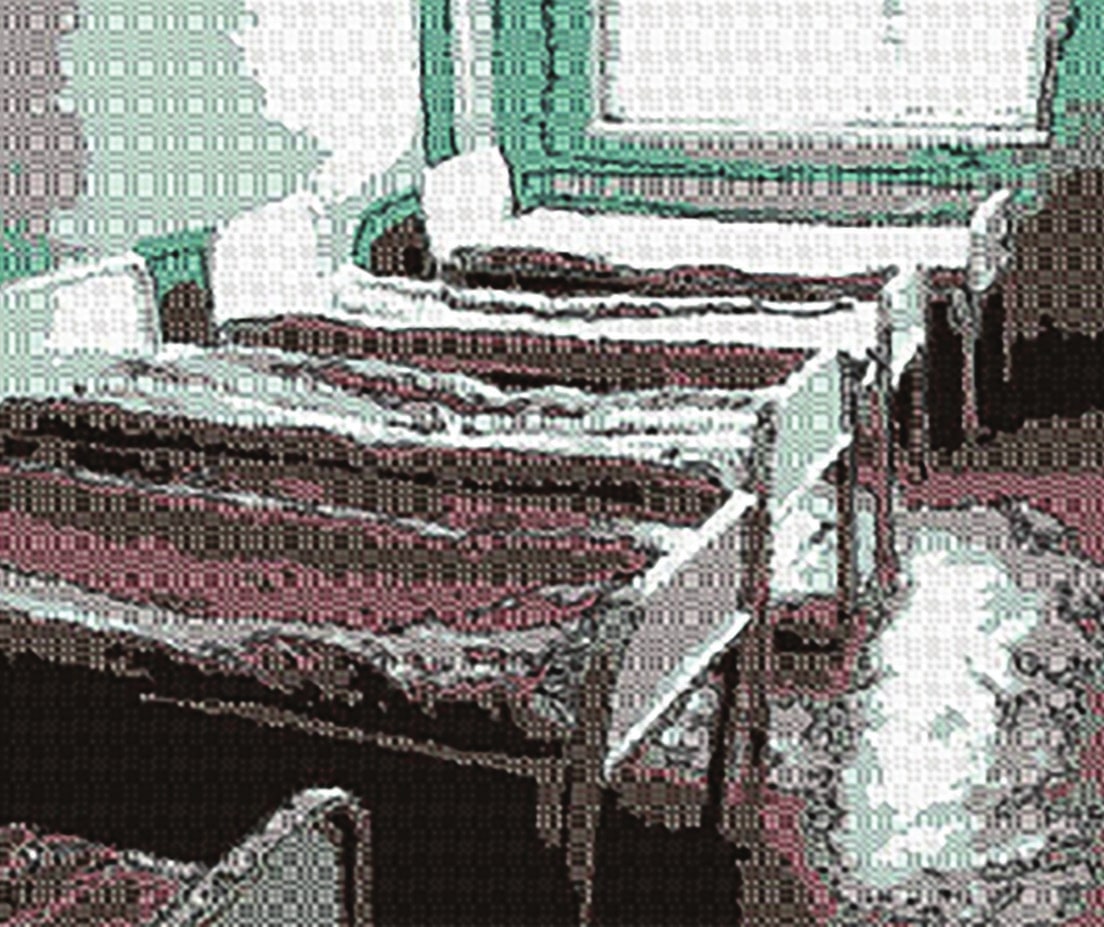For five months, Henry Castillo called the Preston Bradley Center home. The shelter in Chicago’s Uptown neighborhood housed the homeless for 33 years. Then, in December, it was meant to close because of state budget cuts. Castillo, 47, didn’t have an alternative for the shelter.
“There`s a two-year waitlist for the Lincoln Park shelter,” Castillo said. “I wish we had more options.”
The scheduled shuttering of the 72-bed shelter is the latest example of a string of recent closings in Chicago.
In 2015, Chicago had 1,701 emergency shelter beds available, or 17 percent fewer beds than the 2,064 available in 2013, according to the Chicago Coalition for the Homeless. Chicago also claimed 7,613 beds in permanent supportive housing in 2015, which is 10 percent lower than in 2014, when there were 8,460 beds, the coalition stated.
Catholic Charities of the Archdiocese of Chicago closed two family shelters, St. Francis De Paula Interim Housing and Our Lady of Solace, in 2015 due to “uncertain governmental funding.” The organization worked to find nearly 100 beds to relocate its 1,726 residents, according to the Chicago Sun-Times.
Similarly, a homeless shelter in Lakeview which had 30 beds closed due to state budget cuts in 2010. In 2011, another Uptown shelter with 60 beds closed due to the same issue, according to ABC-7.
When there are fewer shelters and beds available, displaced homeless often end up on the streets or in poorer neighborhoods where they are exposed to violence, author and journalist for homeless issues Jamie Kalven explained.
“The outcomes of violence, homelessness and trauma have been huge,” Kalven said.
He attributes Chicago`s homeless problem to the destruction of public housing high rises beginning in the 1990s.
“It was forced relocation. People were forced out of their homes,” Kalven said.
He said the residents who were left to their own devices with intense poverty and no police protection never saw the improvements promised by the plan.
The Chicago Coalition for the Homeless reported that in 2015 there was an estimated 125,848 homeless people in Chicago.
There are 50 homeless shelters in Chicago, according to the online Homeless Shelter Database. Of these shelters, six are located on the city’s North Side, a wealthier residential area.
Kalven said that the spike in violence in the city in the past few years is not solely due to the closing of homeless shelters, but he believes the two are related.
He explained that the issues that come with relocation are much deeper and more complicated than they appear. Personal relationships and the sense of belonging to a community are stripped away from the residents of the city`s shelters when they are forced to move.
“One of the consequences of this process of rapid demolition is that the new people don`t know the rules of the new neighborhoods,” he said.
The continuing gang issues that surround the city are related to the forced merging – through public housing and shelters – of groups that do not get along.
Justin Shuldiner, who has worked for the Los Angeles Housing Authority and the Chicago Housing Authority (CHA), told Kalven about the two main circumstances that differentiate Chicago public housing from other big cities:
“The first one was how poor the people were, and the other was that police had long ago withdrawn from public housing,” Kalven said.
This is on par with what Sunny Fischer, philanthropist and board chair of the National Public Housing Museum in Chicago, sees in the city nowadays. Fischer grew up in a public housing development in New York City`s Bronx neighborhood.
“The development had great schools, a library, a good community… and it was safe,” Fischer said.
Public housing in Chicago has not yet evolved into a development, but is mostly a community with not many perks.
Castillo and his sister, who is living in a threshold (part of the homeless outreach program to help people with serious mental illnesses), both had jobs for years before becoming homeless. Castillo worked at the Norwegian American Hospital before suffering a knee injury and losing his job. He was forced to seek help from the Department of Housing Services.
“The DHS helped me find a shelter but there weren`t many shelters around [Uptown]. I used to live here so I wanted to remain in the area,” Castillo said.
Castillo also pointed out the fact that many shelters still have drug and alcohol problems. He recalled trying to apply to the Aragon shelter with his sister and giving up due to the people he saw outside.
“There were four guys sitting outside passing a beer and a joint,” Castillo said.
On the day it was supposed to close, a generous person donated enough money to keep the Preston Bradley shelter open through this winter. With the uncertainty of the shelter`s future, Castillo`s search for an adequate replacement is not over and will likely take him to other parts of the city.
“There are good shelters out there,” he said. “But we`re being pushed to the South Side.”



